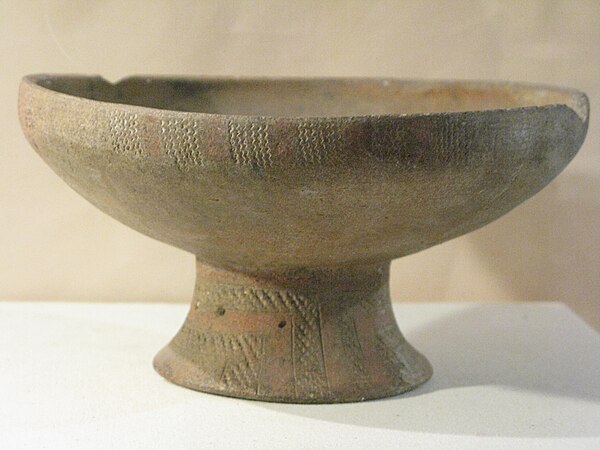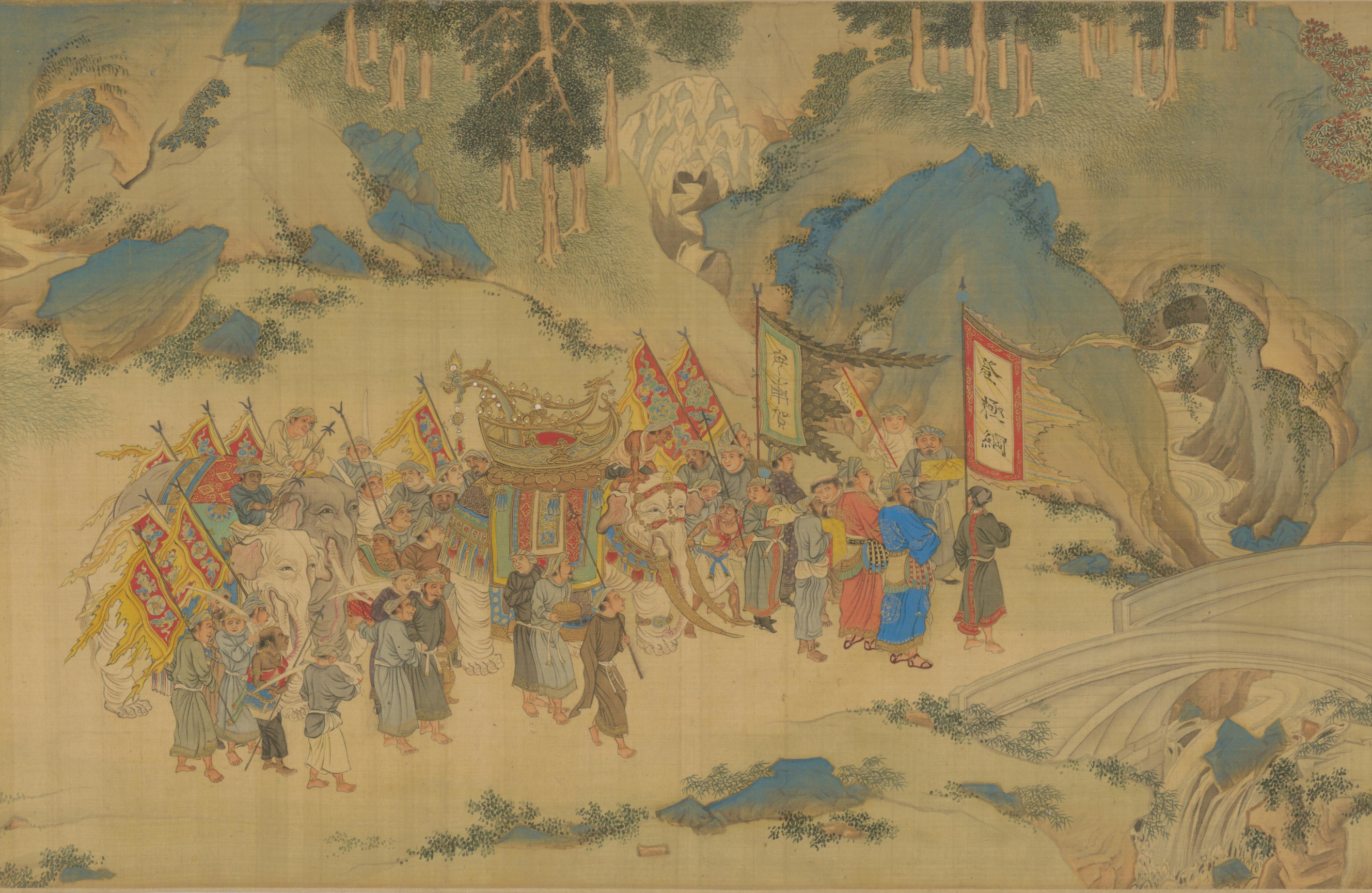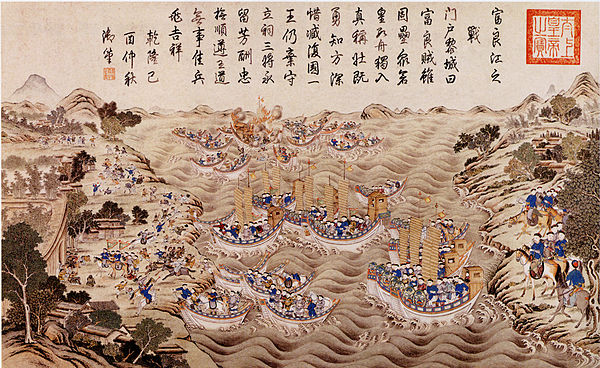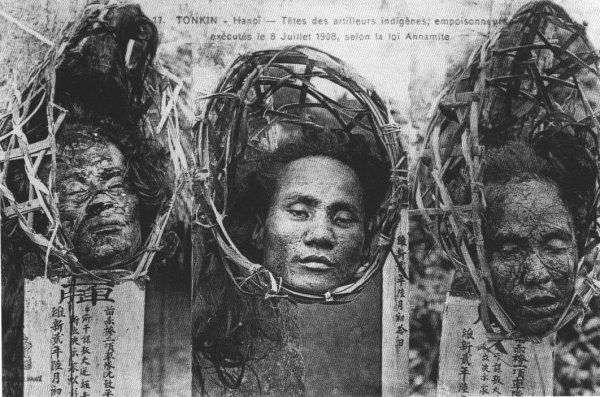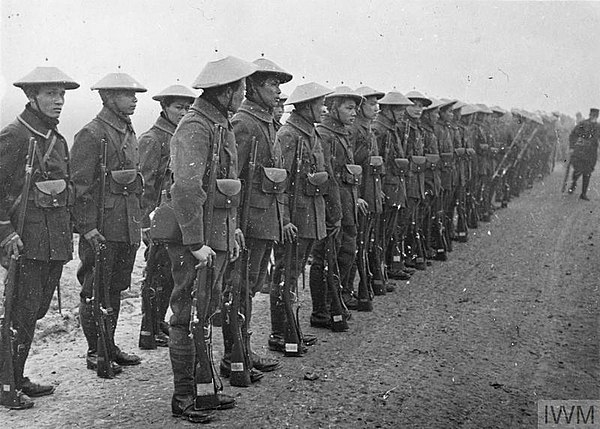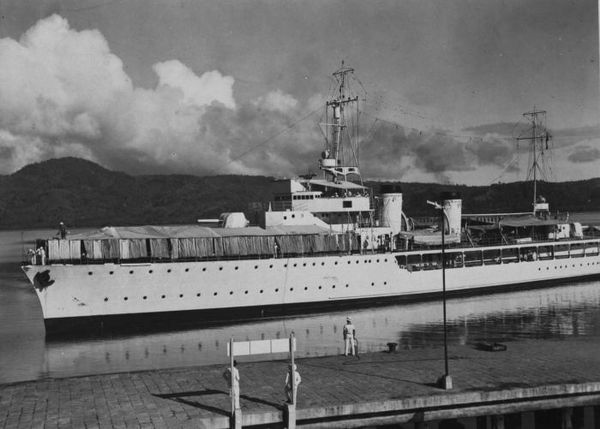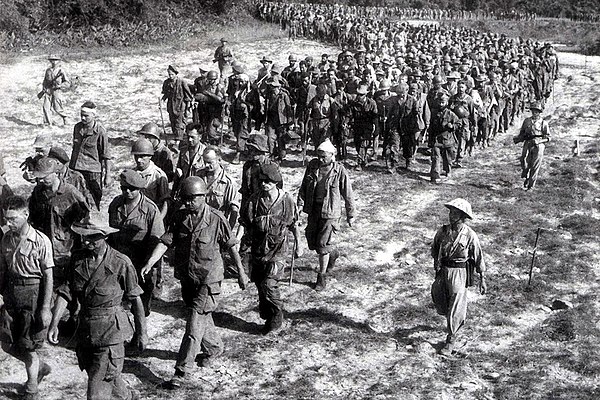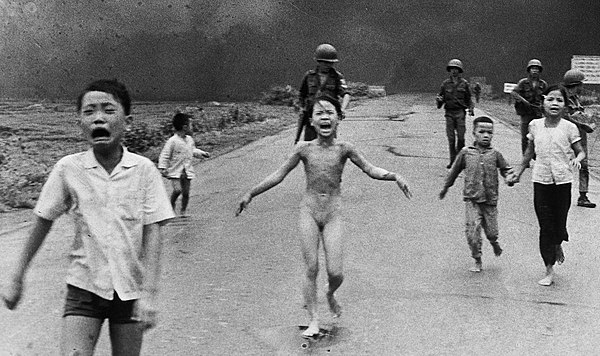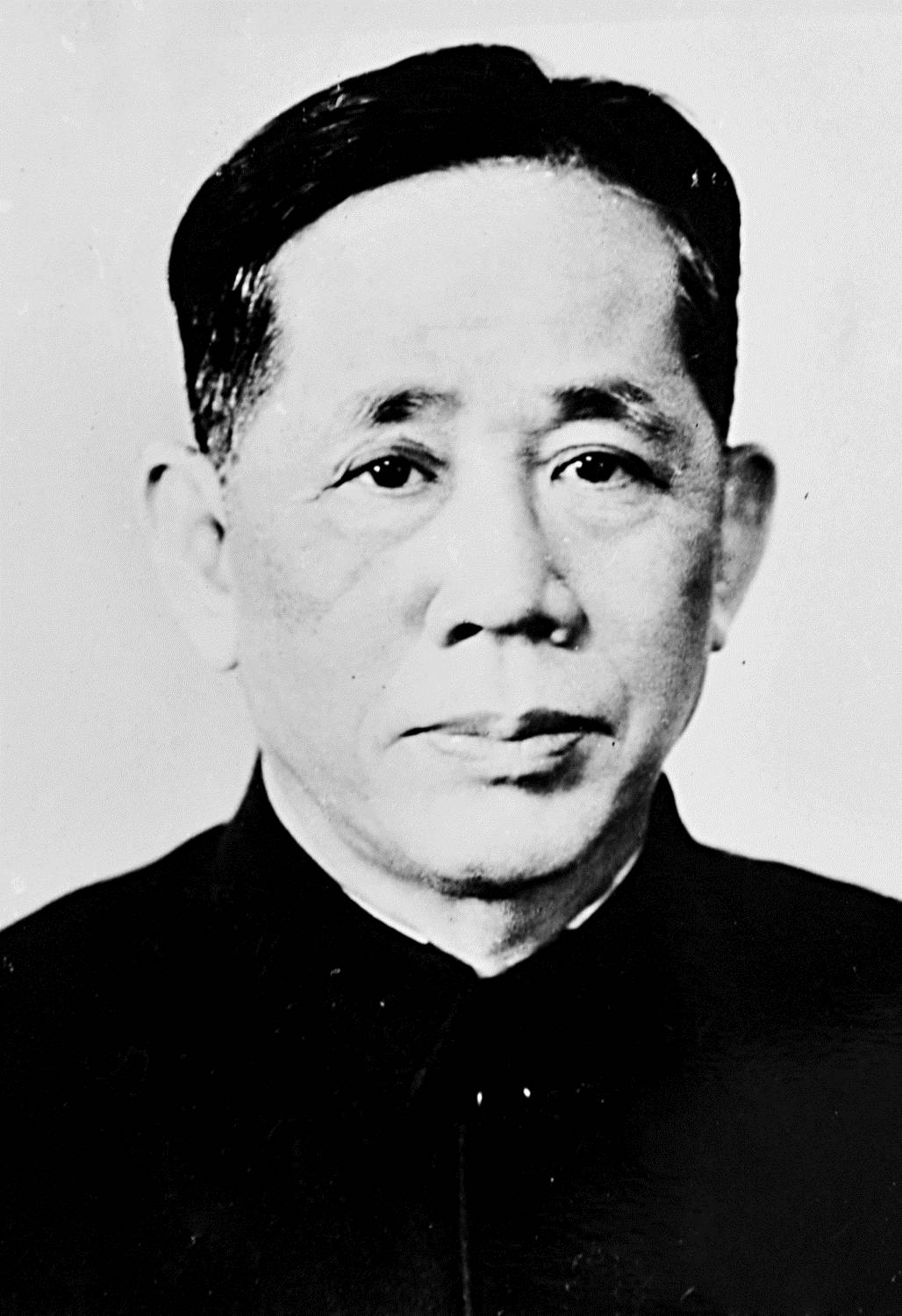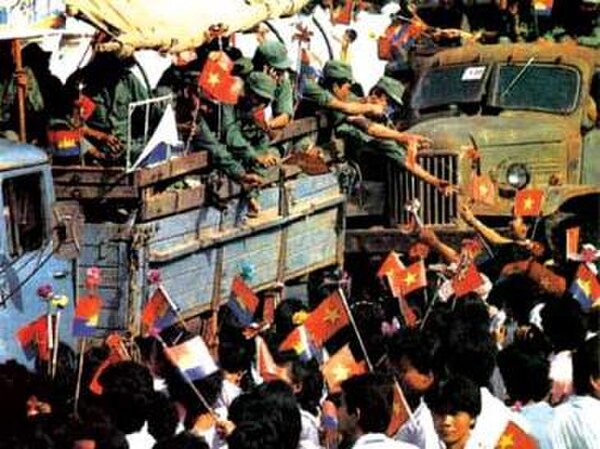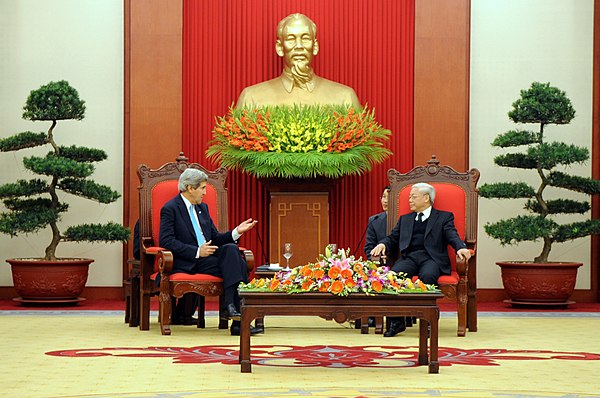Vietnam is a multi-ethnic country on Mainland Southeast Asia and has great ethnolinguistic diversity. Vietnam's demography consists 54 different ethnicities belong to five major ethnolinguistic families: Austronesian, Austroasiatic, Hmong-Mien, Kra-Dai, Sino-Tibetan. Among 54 groups, the majority ethnic group is the Austroasiatic-speaking Kinh alone comprising 85.32% of total population. The rest is made up of 53 other ethnic groups. Vietnam's ethnic mosaic is contributed by the peopling process in which the various people came and settled on territory, that constitutes the modern state of Vietnam in many stages, often separated by thousands of years, totally lasted for tens of thousand years. It is evident that entire Vietnam's history is embroidered polyethnic.[1]
Holocene Vietnam began during the Late Pleistocene period. Early anatomically modern human settlement in Mainland Southeast Asia dated back to 65 kya (65,000 years ago) to 10,5 kya. They were probably the foremost hunter-gatherers whom called the Hoabinhians, a large group that gradually settled across Southeast Asia, probably akin to modern-day Munda people (Mundari-speaking people) and Malaysian Austroasiatics.[2]
While the true original inhabitants of Vietnam were the Hoabinhians, they had of course been replaced and absorbed by the East Eurasian-looking populace and the expansion of preliminary Austroasiatic and Austronesian languages, although linguistic is not totally interrelated with genetic. And later on that trend is continued with the expansion of Tibeto-Burman and Kra-Dai speaking population, and the latest Hmong-Mien speaking communities. The results are all of modern ethnic groups of Vietnam possess various ratios of genetic admixture between the Eastern Eurasian and Hoabinhian groups.[1]
The Cham people, who for over one thousand years settled in, controlled and civilized present-day central and southern coastal Vietnam from around the 2nd century CE are of Austronesian origin. The southernmost sector of modern Vietnam, the Mekong Delta and its surroundings was until the 18th century an integral part, yet of shifting significance of the Austroasiatic Proto-Khmer – and Khmer principalities, like Funan, Chenla, the Khmer Empire and the Khmer kingdom.[3]
Situated on the southeast edge of monsoon Asia, much of ancient Vietnam enjoyed a combination of high rainfall, humidity, heat, favorable winds, and fertile soil. These natural sources combined to generate an unusually prolific growth of rice and other plants and wildlife. This region's agricultural villages held well over 90 percent of the population. The high volume of rainy season water required villagers to concentrate their labor in managing floods, transplanting rice, and harvesting. These activities produced a cohesive village life with a religion in which one of the core values was the desire to live in harmony with nature and with other people. The way of life, centered in harmony, featured many enjoyable aspects that the people held beloved. Example included people not needing many material things, enjoyment of music and poetry, and living in harmony with nature.[4]
Fishing and hunting supplemented the main rice crop. Arrowheads and spears were dipped in poison to kill larger animals such as elephants. Betel nuts were widely chewed and the lower classes rarely wore clothing more substantial than a loincloth. Every spring, a fertility festival was held which featured huge parties and sexual abandon. Since around 2000 BCE, stone hand tools and weapons improved extraordinarily in both quantity and variety. After this, Vietnam later became part of the Maritime Jade Road, which existed for 3,000 years between 2000 BCE to 1000 CE.[5] Pottery reached a higher level of technique and decoration style. The early farming multilinguistic societies in Vietnam were mainly wet rice Oryza cultivators, which became the main staple of their diet. During the later stage of the first half of the 2nd millennium BCE, the first appearance of bronze tools took place despite these tools still being rare. By about 1000 BCE, bronze replaced stone for about 40 percent of edged tools and weapons, rising to about 60 percent. Here, there were not only bronze weapons, axes, and personal ornaments, but also sickles and other agriculture tools. Toward the closure of the Bronze Age, bronze accounts for more than 90 percent of tools and weapons, and there are exceptionally extravagant graves – the burial places of powerful chieftains – containing some hundreds of ritual and personal bronze artifacts such as musical instruments, bucket-shaped ladles, and ornament daggers. After 1000 BCE, the ancient peoples of Vietnam became skilled agriculturalists as they grew rice and kept buffaloes and pigs. They were also skilled fishermen and bold sailors, whose long dug-out canoes traversed the eastern sea.



